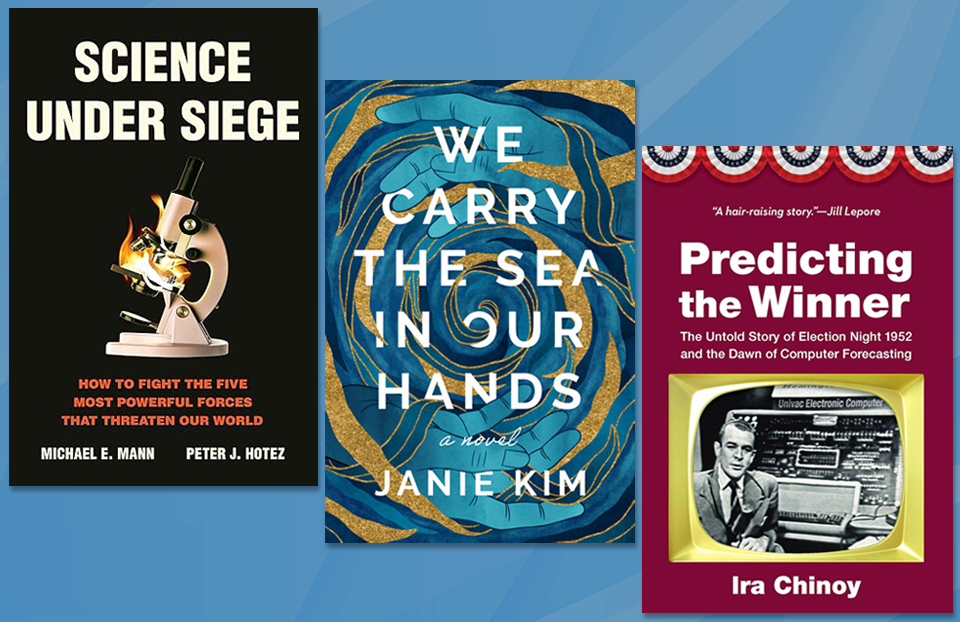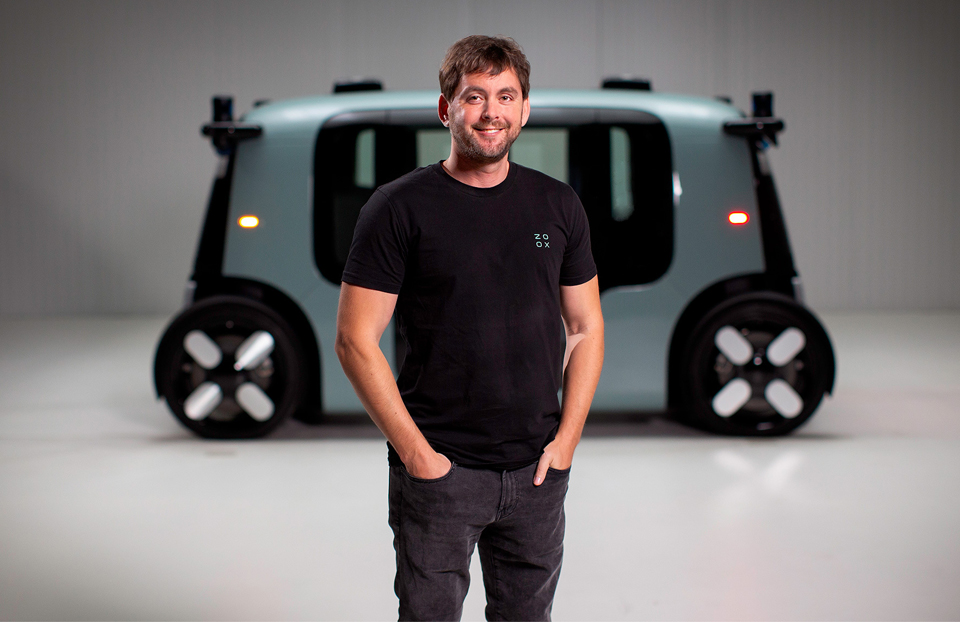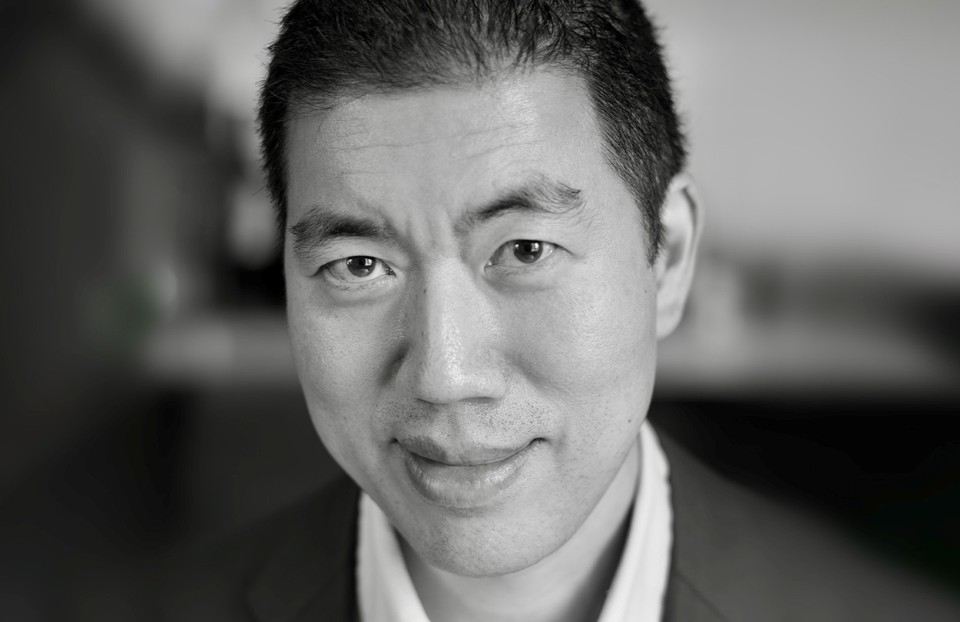Meet 9 Society alumni who are exploring the final frontier
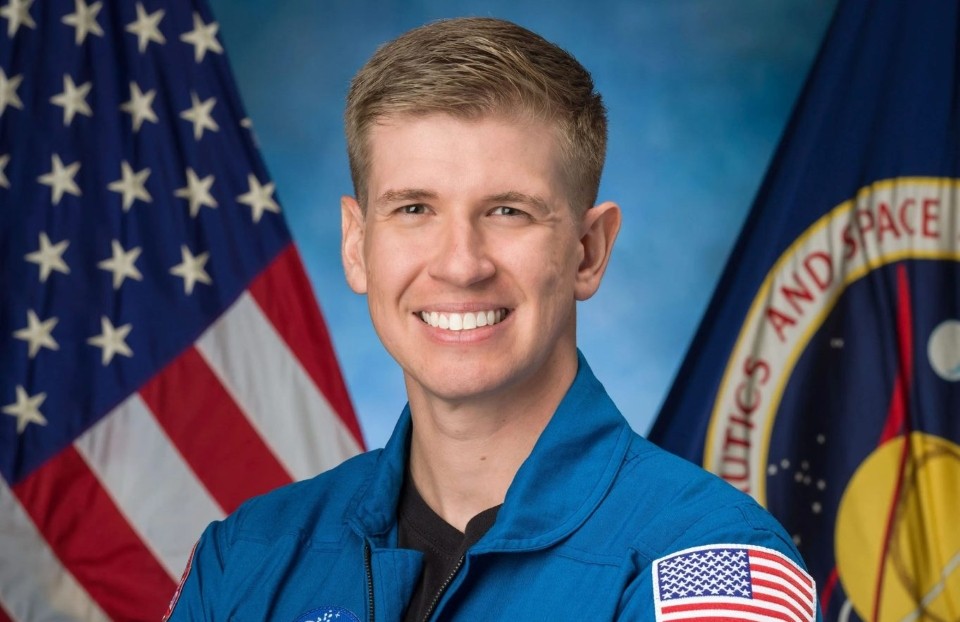
World Space Week is an international celebration of science and technology and the ways they can expand our horizons and better the human condition. Taking place October 4 – 10 each year, World Space Week commemorates two of the most important watershed moments in the history of human space exploration:
- October 4, 1957: The launch of the first human-made Earth satellite, Sputnik I
- October 10, 1967: The signing of the Treaty on Principles Governing the Activities of States in the Exploration and Peaceful Uses of Outer Space, including the Moon and Other Celestial Bodies
This year, we are proud to share the work of just a small fraction of Society alumni whose research and careers are contributing to our understanding of the cosmos.
Maedot Ayalew (JIC 2024)
For her Thermo Fisher Scientific Junior Innovators Challenge project, Maedot researched coronal mass ejections (CMEs). In addition to creating beautiful sights such as the Aurora Borealis, CMEs can also interfere with satellites and increase cancer risk for astronauts. Maedot analyzed CME datasets and was able to determine which seasons they are at their strongest — fall and spring.
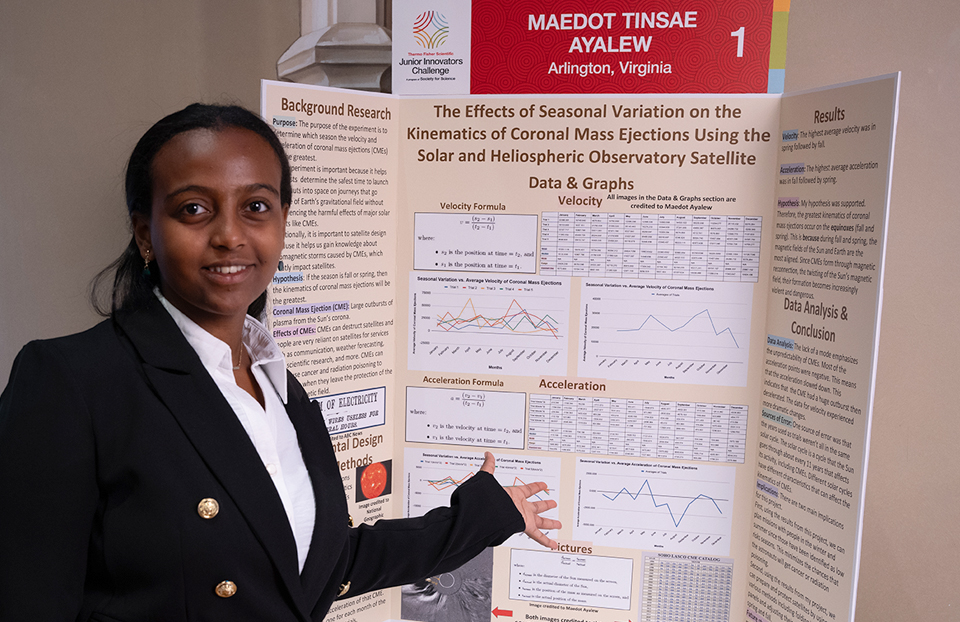
Adam Fuhrmann (ISEF 2004, 2006-07)
Adam, a three-time International Science and Engineering Fair finalist, was recently selected by NASA to join the 2025 Astronaut Candidate Class. After graduating from the Massachusetts Institute of Technology with a degree in aerospace engineering, he went on to become a major in the U.S. Air Force, accumulating over 2,100 flight hours in 27 aircraft types. Adam began his two years of initial astronaut training in September.
Thaddaeus Kiker (STS 2023)
For his Regeneron Science Talent Search project, Thaddeus developed a machine learning approach to predict the presence and properties of quasi-periodic oscillations (QPOs) in black holes. While scientists have proposed theories for the occurrence of QPOs, they don’t know exactly why X-ray light from black holes flickers in these ways. Thaddaeus trained his models to make these predictions, then developed open-source software to allow other researchers to apply his methods to their own work.
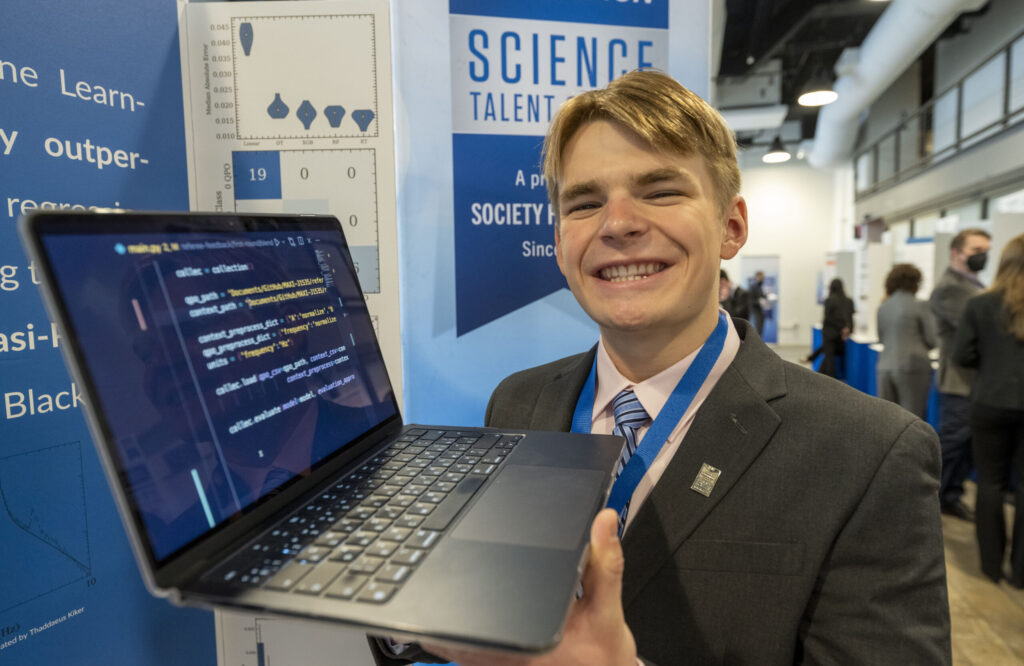
Allison Lee (STS 2025, ISEF 2024)
Allison developed a convolutional neural network called MergeFinder to search space for galactic collisions. She trained the network on simulations of galaxies merging and invented a new machine learning technique to sort galactic data more efficiently. Through her research, MergeFinder found 2,208 new potential merger sites, which provide clues about the large-scale structure of the universe and its origins.
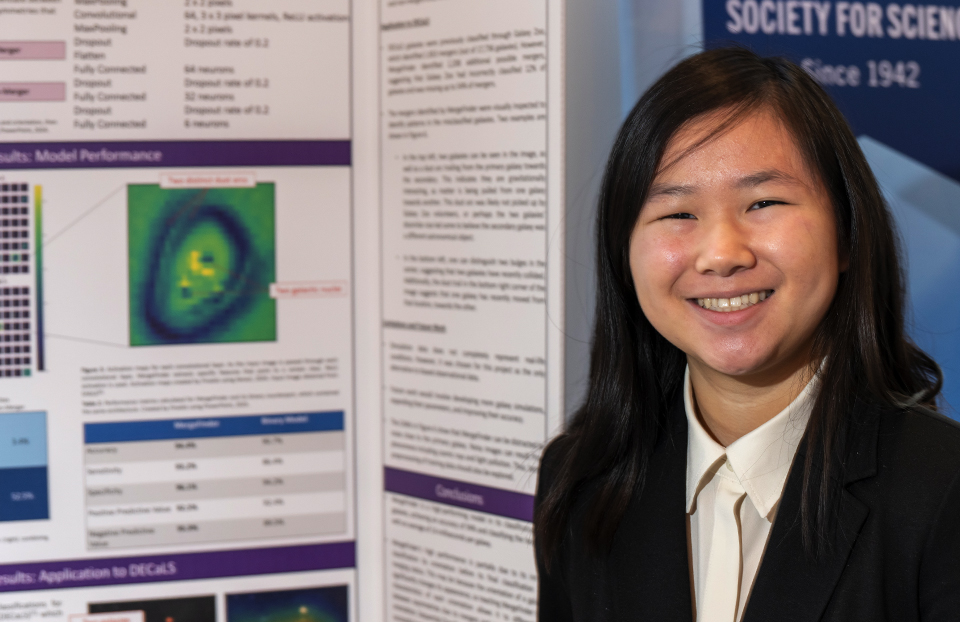
Anil Menon (STS 1995)
Anil was selected by NASA to join its 2021 Astronaut Candidate Class. An actively practicing emergency medicine physician with fellowship training in wilderness and aerospace medicine, he has served as SpaceX’s first flight surgeon, as well as the crew flight surgeon for multiple expeditions on the International Space Station.
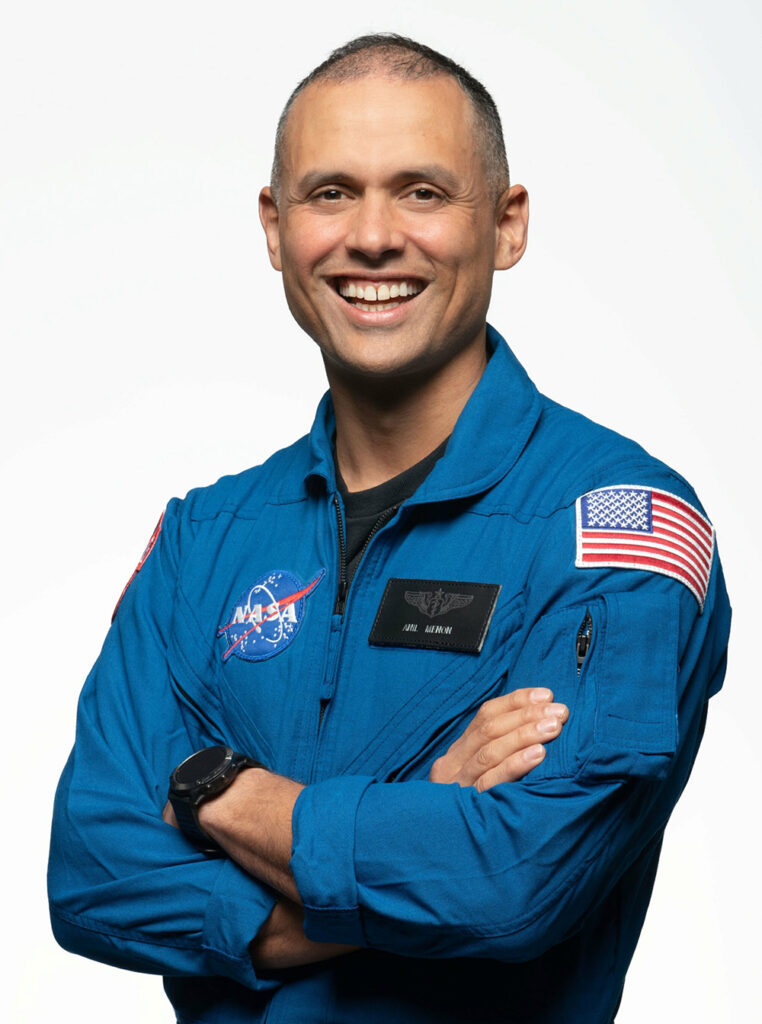
Matteo Paz (STS 2025)
The top winner of this year’s Regeneron STS, Matteo developed machine learning methods to convert a decade’s worth of full-sky data into a catalog of unseen stars and galaxies. His research produced a complete census of 1.9 million infrared variable objects, 1.5 million of which were new discoveries, including supermassive black holes, newborn stars and supernovae.
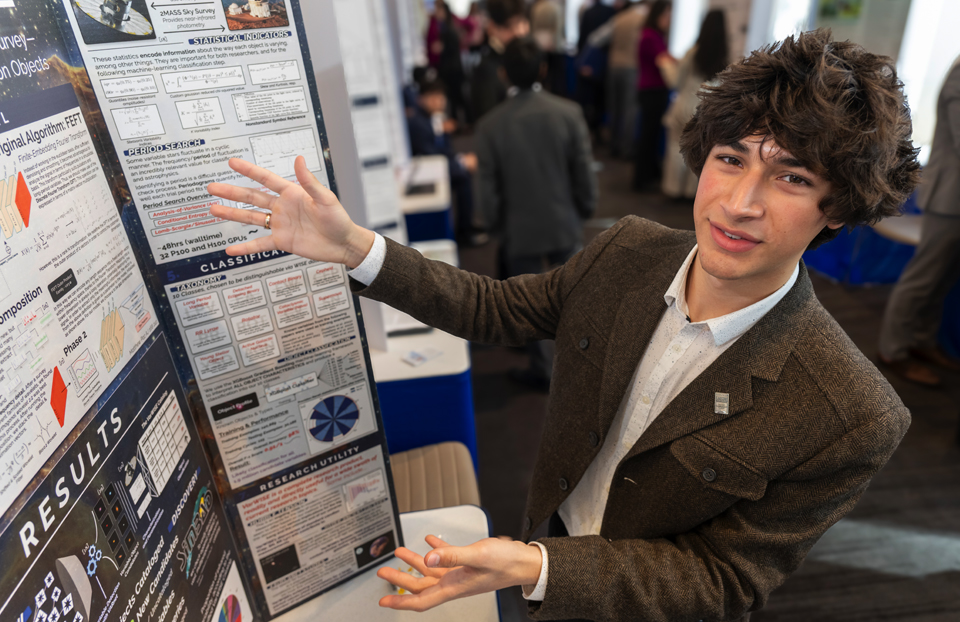
Tate Plohr (JIC 2023)
Tate researched the stability of solar flares, which can damage electrical systems, disrupt communications and even endanger lives when they hit Earth’s atmosphere. Tate modelled solar flares on a computer and used math to measure how five different variables are likely to cause perturbations in solar flares.
Eleanor Sigrest (STS 2021; ISEF 2020; BCM 2016)
For her Regeneron STS project, Eleanor developed a new method to manage slosh, or unwanted movement of fluids in microgravity, which can cause spacecraft to move erratically and even lead to mission failure. During her time studying aerospace engineering and computer science at Stanford, Eleanor has continued her research on slosh, including launching two experiments aboard Blue Origin flights, allowing her to collect data in pure microgravity.
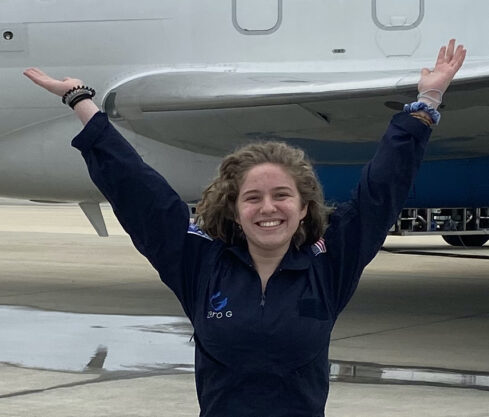
Kaitlyn Wang (ISEF 2023)
Kaitlyn won the George D. Yancopoulos Innovator Award at Regeneron ISEF in 2023. In her research, she developed an efficient method of identifying certain exoplanets that orbit very closely around their stars. Previous techniques used to detect these ultra-short-period planets required enormous computational power and were not as effective at identifying these planets. Kaitlyn surmounted that problem by creating an algorithm that results in much faster and higher-precision findings.
